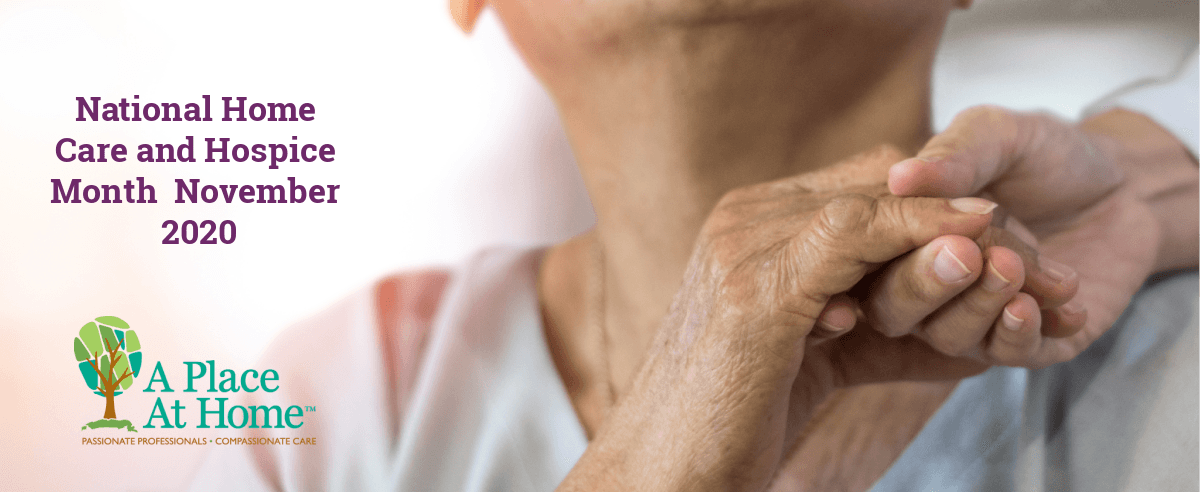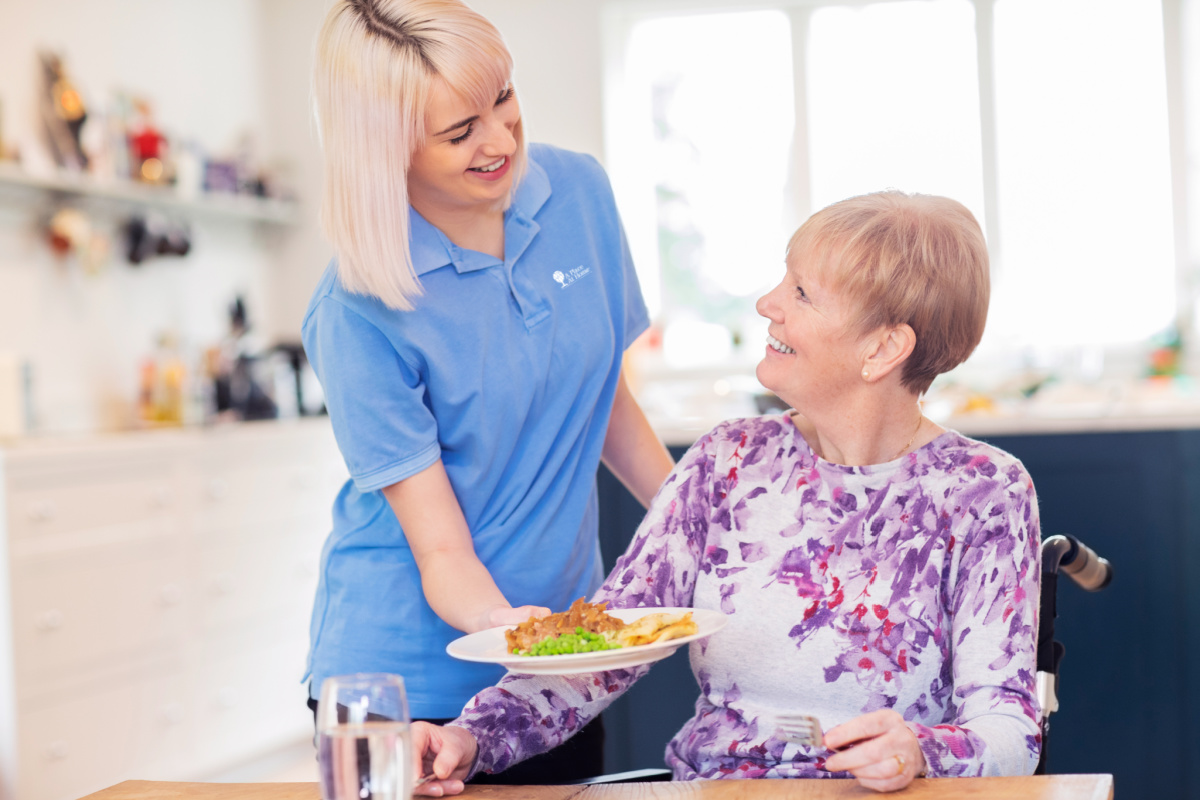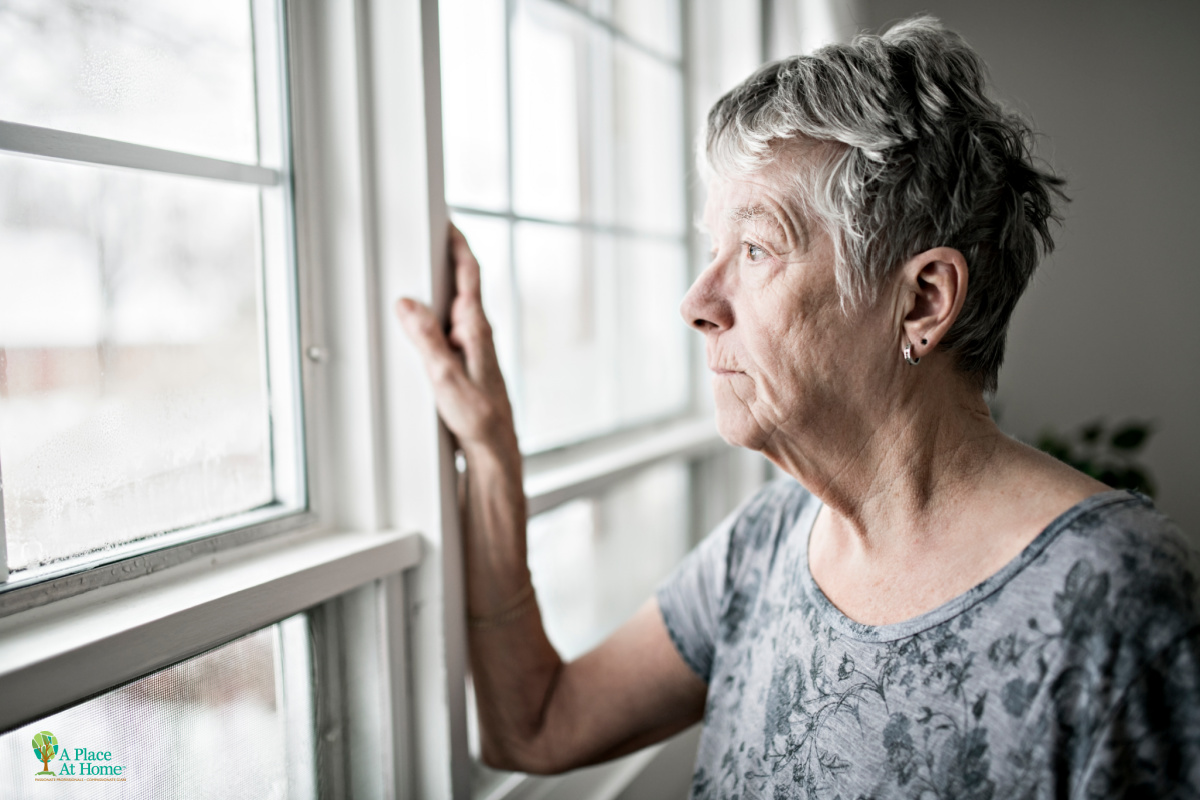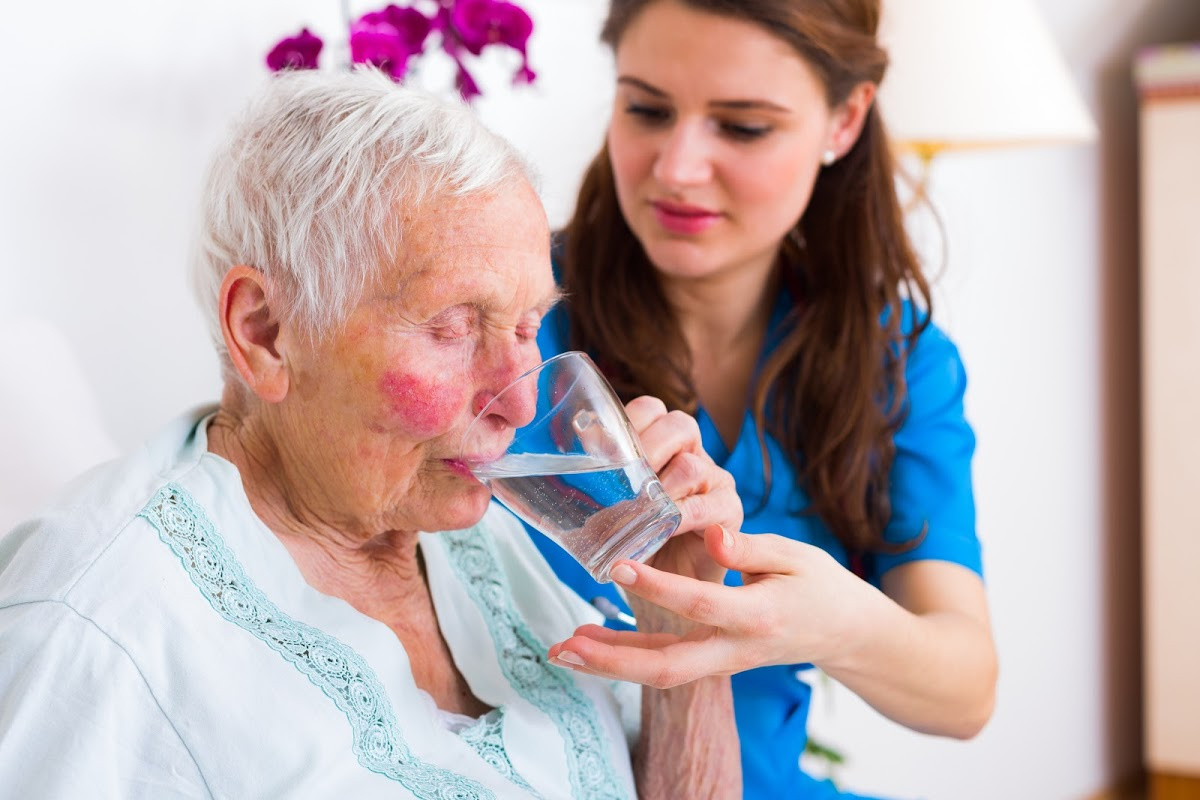November is National Home Care and Hospice Month.
Designated as such by the National Association for Home Care and Hospice, this month recognizes individuals in the US who care for the aging and chronically ill in their homes. These compassionate professionals play a pivotal role in our healthcare system and the families of more than 5million people across the country.
National Home Care and Hospice Month celebrates home health aides, therapists, social workers, and nurses for their care, time, and energy.
Among those receiving ongoing care, receiving care in the home is the preferred method of healthcare delivery. 90% of Americans choose to age in place and for a good reason. According to AARP, aging in place promotes life satisfaction, a positive quality of life, and healthy self-esteem. With over 12,000 home care agencies, choosing the right one can be overwhelming.
It’s essential to choose a provider that best suits your individual needs.
We advise you the following tips to ensure you’re working with the home care agency that will prioritize your goals for aging while keeping you safe in your home, no matter what comes:
- How long has the agency been serving the community?
- What training does the care team receive? Are their workers insured and bonded? Do they check references and perform background checks?
- Does the agency have a care manager that evaluates the specific care needed? What does this process look like?
- Does this agency include the individual and their family in the plan of care? Are they involved in making care plan changes?
- Does the patient receive a copy of the care plan? Do they update the care plan regularly?
- Does the agency have a method for overseeing the quality of care? Does anyone from the agency make home visits? If so, how often?
- Does the agency provide a list of contacts in case there is a concern or complaint? What is the agency’s procedure for addressing concerns or complaints?
- How will you pay for care? Does the agency provide a list of payer resources and guidance for finding financial aid and benefits?
- What procedures does the agency have in place in case of an emergency? What is their process?
- Is someone from the agency available outside of business hours?
- How does the agency ensure patient confidentiality?
Although November is designated National Home Care and Hospice Month, we see the impact that these front-line heroes have on our communities every day. If you know of someone who gives their energy to keep the aging, chronically ill, or disabled safe in their homes, take a moment this month to thank them for all they do. And if you or someone you love needs help in their home, contact us today.









